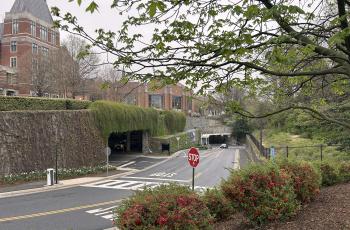Cross-Connection FAQs
About DC Water
Resources
Upcoming Meeting
Board of Directors Meeting
April 24, 2023
Monday 9:00 AM
What's Going On
Work With Us
Announcement

TRAFFIC ADVISORY: Canal Road NW Entrance to Georgetown University
Beginning the week of April 21, 2025, DC Water will implement temporary traffic lane closures near Georgetown University
Latest Blog Post

DC Water begins drilling in Potomac River to explore options to rehab underwater sewer line
When one of your major sewer lines runs through the Potomac River, a backhoe and trencher won't do. That's why we've got helicopters carrying a 14-ton drill and workers suspended midair over the Potomac.
Upcoming Meeting
Upcoming Events
May 7
May 10
1:00 pm
May 17
What you might be looking for?
You might be looking for?
You might be looking for?
You might be looking for?
